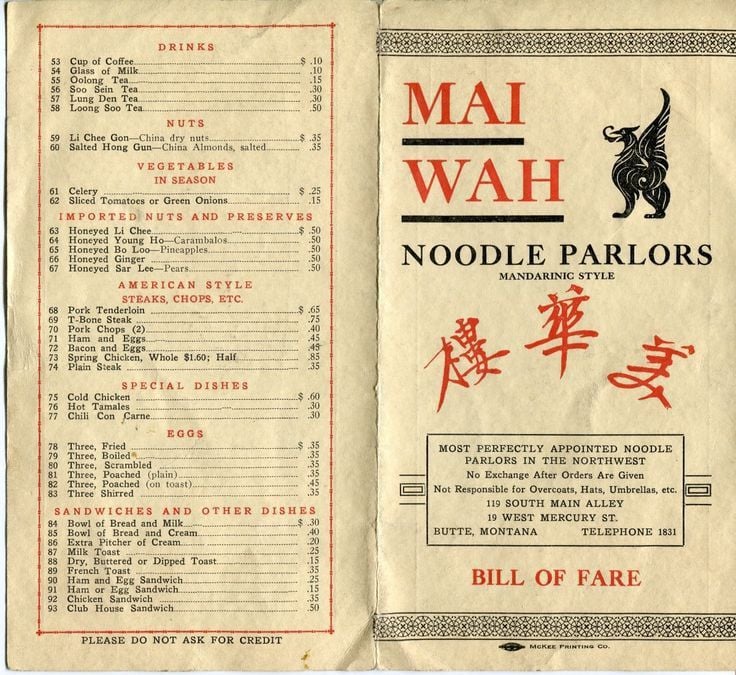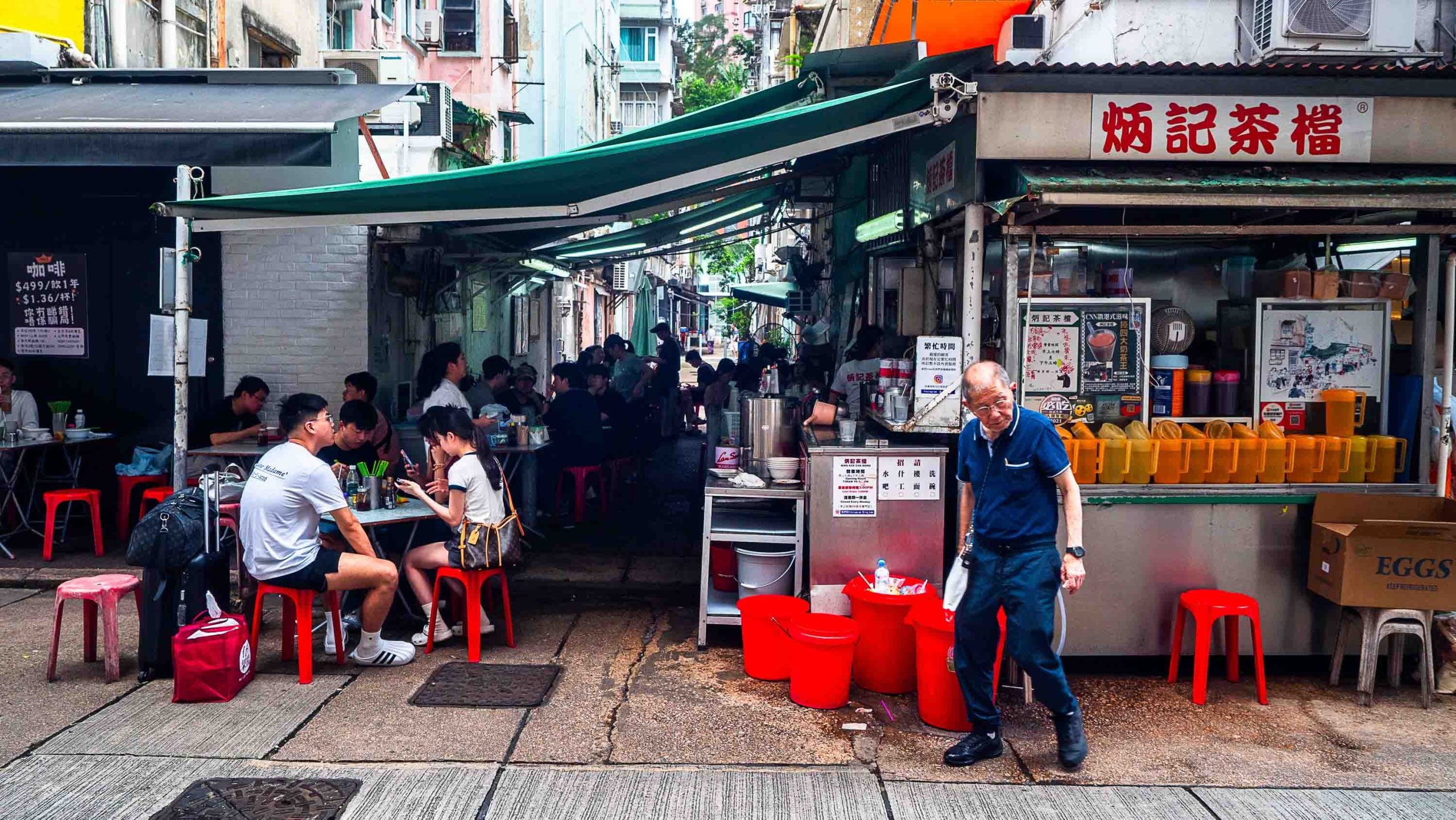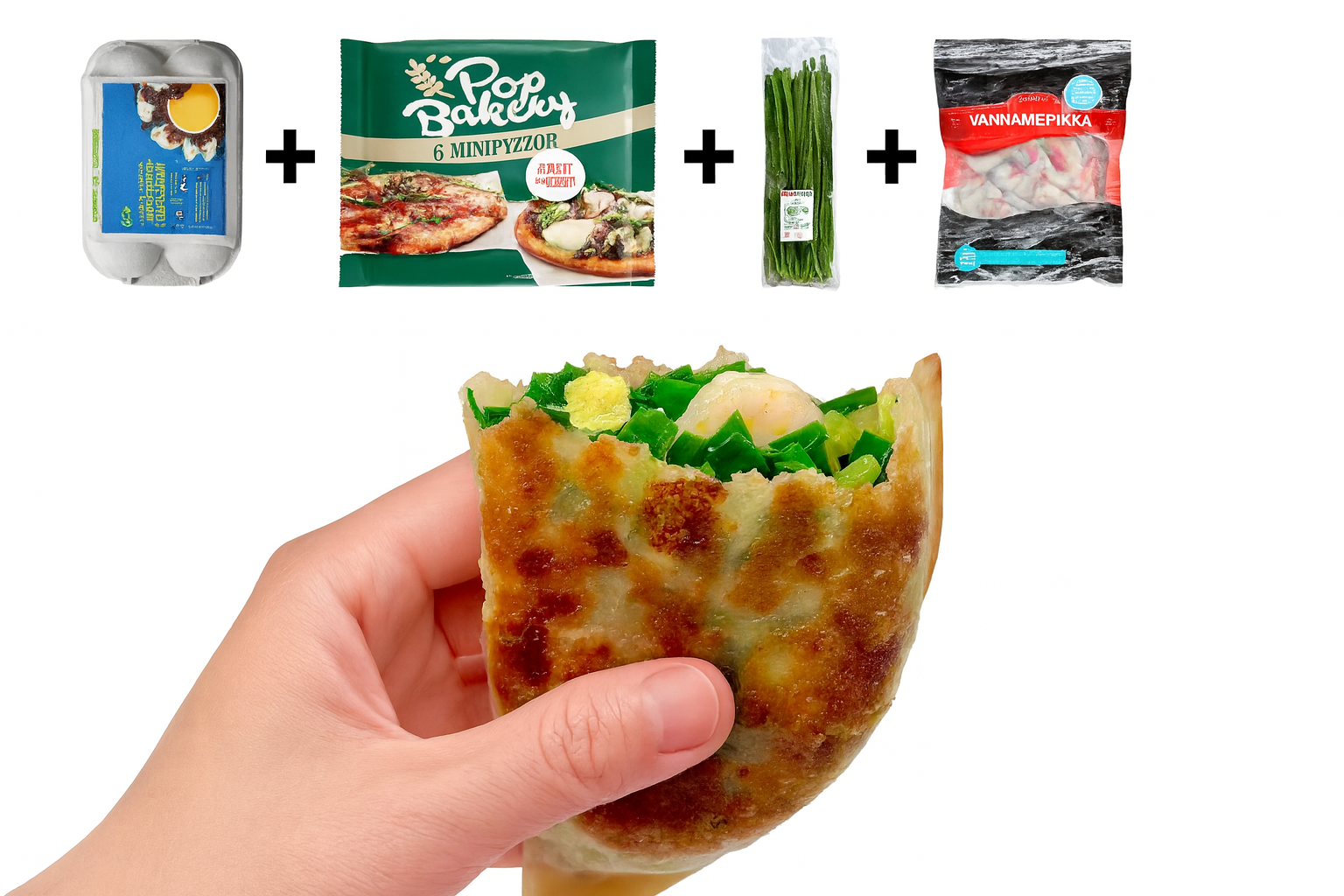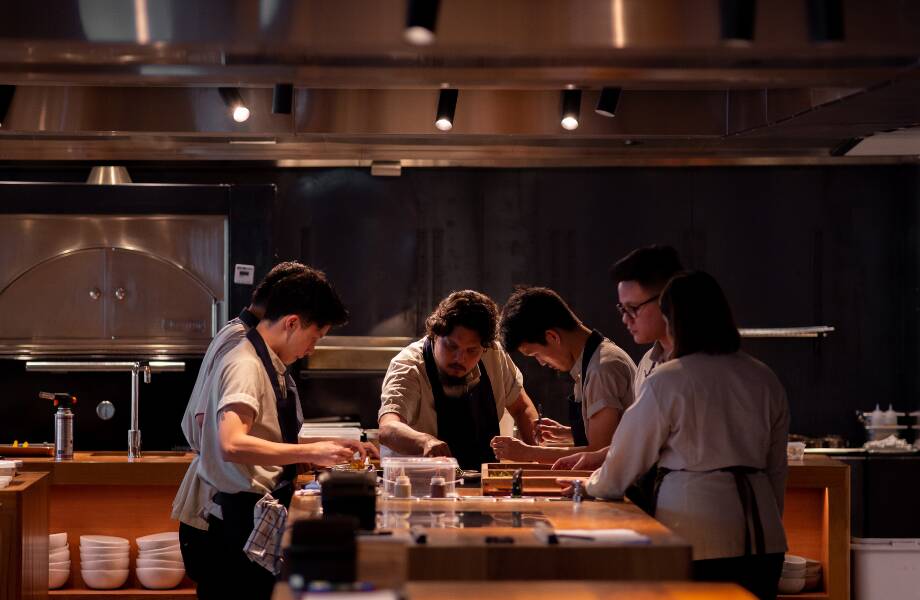Chinese Takeout is a bite-sized, biweekly RADII feature that examines Chinese food from the inside out, by disentangling the (hi)stories behind a single dish or restaurant. Write to us if you have a suggestion or submission.
Visitors to China will likely vividly remember their first encounter with jianbing, the made-to-order breakfast item cooked on flat streetside griddles.
Most would agree this savory Chinese staple, which originated in northern China, is heavenly when eaten for the first time — even for those who hail from other regions.
Related:
 April 30 is World Jianbing Day, the Holiday You Didn’t Know You NeededIntroducing a global celebration of one of China’s most popular breakfast foodsArticle Apr 24, 2019
April 30 is World Jianbing Day, the Holiday You Didn’t Know You NeededIntroducing a global celebration of one of China’s most popular breakfast foodsArticle Apr 24, 2019
Jiangsu province native Miya Wu fell in love with jianbing while living in Beijing — so much so that she made the humble breakfast food her life’s calling. When she and her husband relocated to Canberra, Australia, it wasn’t long before they decided to get into the business of vending jianbing, sharing authentic Chinese eats — and culture — with an all-but-unfamiliar audience.
The Place
Much like the street food stalls that typically serve jianbing in China, Little Wu’s started as a pop-up stand at food festivals in Canberra. The duo cultivated such an appetite for jianbing in the years to follow that they expanded to a storefront in Dickson’s Chinatown.

Co-founder Miya Wu at the original pop-up stand
Entering the brick-and-mortar shop, you might be surprised to find the likes of Vava, J-Fever and Vinida on rotation — artists at the vanguard of China’s evolving music scene. “Culture-wise, we want to represent China as it is today,” says husband Andrew Robertson, adding that the team tried to actively avoid what he calls “‘ye olde China’ stereotypes” that typify most Chinese restaurants in Australia.
The History
It was in Beijing that Wu also got a taste for preaching the Chinese food gospel, working as a culinary instructor teaching English-speaking tourists how to cook Chinese food, before eventually opening her own cooking school with a friend.
She’ll tell you that jianbing has an over 3,000-year history in China, and the recipe and method to make it varies depending on which region it’s made in — for instance, crispier Shanghai-style versus the Shandong-style jianbing guozi found in China’s northeast.
In order to bring a then-unheard of Chinese breakfast food to Australia, Little Wu had to start by getting jianbing back into the hands of Canberra’s Chinese community. Australia has had a centuries long-history of Chinese migration, and the Australian capital today has a sizeable Chinese population; Chinese-born transplants like Wu make up 3% of the population as of 2016, and Mandarin is the city’s fastest-growing second language.

“When I first started to offer jianbing [at the Bus Depot Markets in Kingston], the response from the Chinese community was amazing,” recalls Wu. “I was providing a little slice of home — a real comfort food for the community.”
She adds, “But most local Canberrans aren’t familiar with jianbing. They struggle to even say the word!” Robertson agrees. “After three years in the jianbing game, my dad still calls it ‘jin-bang.’”
The Food
Wu and Robertson are two of the now-dozens of food entrepreneurs who spent time in China and, on leaving, decided to take jianbing along for the ride.
And any one of these entrepreneurs will likely tell you: when you bring a food item to one country to sell in another, there’s usually a pressure to localize.
Related:
 How One New Yorker is Bringing China’s Favorite Pancake to the CityWhy Mr. Bing founder Brian Goldberg believes jianbing is the breakfast food that America needsArticle Dec 23, 2017
How One New Yorker is Bringing China’s Favorite Pancake to the CityWhy Mr. Bing founder Brian Goldberg believes jianbing is the breakfast food that America needsArticle Dec 23, 2017
Wu says that in order to reach a wider audience in Canberra, she had to eventually make modifications to satisfy her Australian eaters. “It’s no secret that Australians are big meat eaters,” she says. “For many, the traditional jianbing with minimal protein did not satisfy.”
On their latest menu, they added items that might horrify a purist — fried chicken, hamburger patties, and hongshaorou (红烧肉, braised pork belly), to name a few.
But to Wu (and us) nothing beats the original ‘bing. Compared to a crispier version sold down south, Beijing-style jianbing “is generally soft on the outside, with just the essentials inside,” she explains. (Up north, jianbing makers take their craft very seriously. Last year, faced with the street food’s impending globalization, a Tianjin catering association released a list of exact specifications on how to make authentic Tianjin-style jianbing.)

In it, a sizzling mix of wheat flour batter and egg is dusted with black sesame seeds, spring onion and a pinch of coriander as it cooks. It’s then slathered with the quintessential sauce made from fermented soy beans — which Wu likens to the sauce adorning Beijing duck — and topped with golden, fried wonton skins.
The flavor and crunch that Little Wu faithfully replicate is precisely what loyal ‘bing lovers flock to — and crave long after they leave China.
















